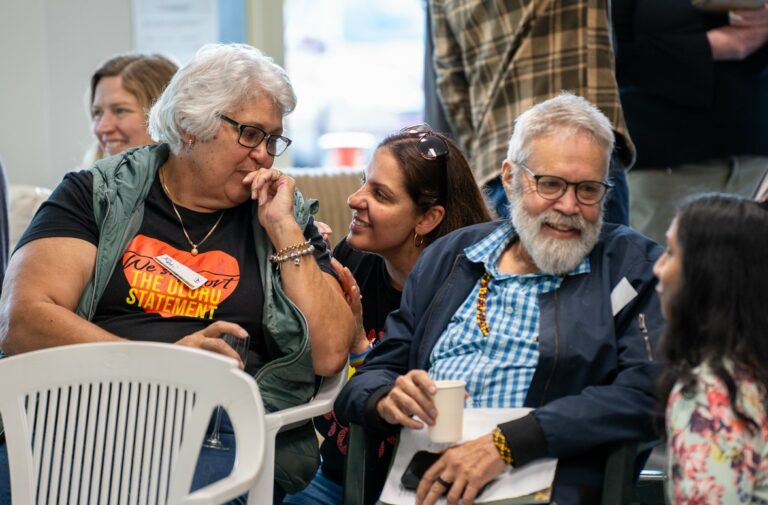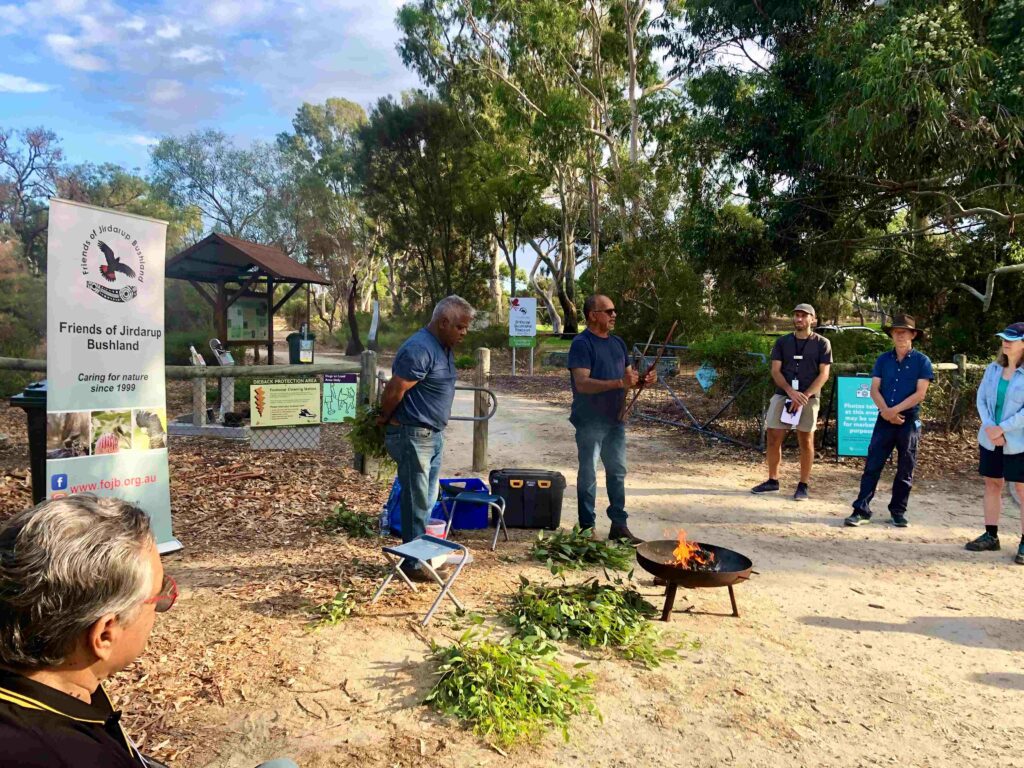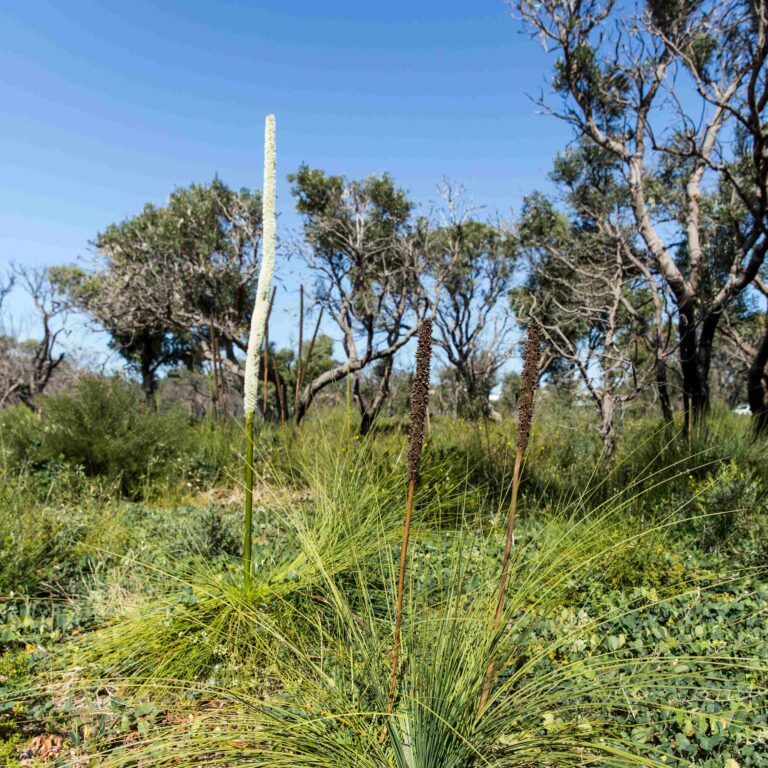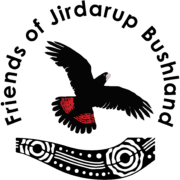
Overview
Whadjuk Noongar country
Noongar people have lived in the southwest of Western Australia for at least 45,000 years. Jirdarup is in Noongar Whadjuk country.
The Town of Victoria Park’s Story of Country gives an insight into life in the area over centuries past. Sadly, it also shows that Jirdarup along with the rest of Victoria Park was included in Perth’s Prohibited Area from 1917 to 1947, requiring unemployed Aboriginal people to have a “Native Pass” to come into the area. From 1912, the Dulhi Gunyah orphanage for Aboriginal children operated across Kent Street from Jirdarup at what is now Victoria Heights Park.
There are no registered Aboriginal sites or Noongar camps in or around the bushland but its resources were easily accessible to the people living along the Swan River. This included kangaroos and emus that were still roaming the area well into the 1900s (see the report in the WA Record, 28 Feb 1906).
Our Commitment
Walking together
We recognize and respect the Traditional Custodians of the Jirdarup Bushland Precinct, the Whadjuk people of the Noongar nation, and their connection to the lands, waters, and skies.
- We will continue to include Noongar culture in our community education program.
- Our publications will include relevant Noongar kaartdijin—knowledge.
- Jirdarup Bushland and the Friends who care for it includes a chapter; Noongar Boodjar.
- Our forthcoming publication The Birds of Jirdarup will include several Dreamtime stories.
- Our 6 seasons poster illustrates the Noongar seasons and what is flowering in Jirdarup.
- We will promote the importance of Noongar culture in our advocacy.
- We will consult with local Noongar people on all matters that may affect them.


Resources
Significance of local species
Many of the plants and animals used by the Whadjuk people over the centuries can be found in Jirdarup to this day.
- Ancient Balga and Zamia still dot the landscape.
- Jarrah, Banksia, Sheoak, and Prickly Bark provided shelter, medicine, and nectar.
- Bobtails (yoorn) were cooked and used to treat illness.
- Birds (djirt) are deeply respected by Whadjuk people and are abundant in this “Place of Birds”.
Several sources of information about the uses of plants and animals by Noongar people are included in our list of research publications. Get the list here.


